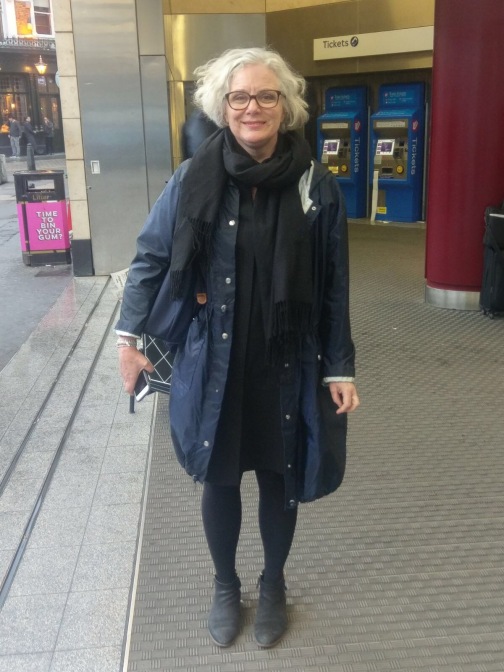
One very wet, cold, blustery day
I have become an erratic/ non-existent blogger due to lack of time. There seems so little of it and sewing takes priority over writing, however, just recently I have made a few items I am excited enough to want to share so you may see some posts over the next few weeks.
Do you ever find the perfect pattern and then match it to the perfect fabric and then for some reason not make it up? When The Maker’s Atelier launched the Utility Coat I knew immediately it had to be mine. I also knew I had to make it up in a navy and silver rip stop from Cloth House, and then……nothing.
Well, not quite nothing, I actually spent hours of my life thinking about it; worrying (would I be able to sew the fabric?), surfing (perfect haberdashery to go with perfect fabric), planning (should I try to be clever and make a reversible coat?) and dreaming.
Finally, I got sick of the roll of fabric cluttering up our flat and decided I had to bite the bullet. It turns out that rip stop fabric is surprisingly easy to cut, sew and iron (although the silver side got extremely hot, even on the coolest setting)
The pattern is very simple, the only problem I had was matching the notches on the hood, which I think may be misaligned (but could be me). To ensure a neat, rain resistant finish I used felled seams, hood seams and hems were finished with white tape, which also added some much needed weight to the fabric and the waist and hem have 3mm elastic drawstrings
My favourite bit was using my new Prym popper and eyelet tool. I added small eyelets under the arms to give some ventilation (thank you Frances for the suggestion), large eyelets on the ends of the drawstring channels and the pockets and fronts close with poppers. There is something very satisfying with snapping hardware onto a garment.
So I love this coat. Frances, as ever, has managed to produce a fabulous and stylish shape. It is very practical, being almost water-proof, large enough to accommodate extra jumpers underneath and having pockets big enough to hold my kindle (actually that was my modification). I also love the fabric which is unusual and beautiful but matches virtually everything else in my wardrobe.
There are a few things I would do differently if I made it again, but I will leave those until another post.

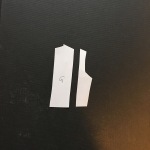



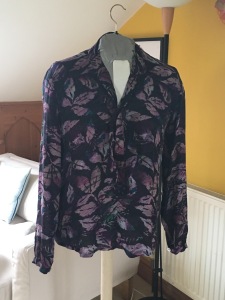
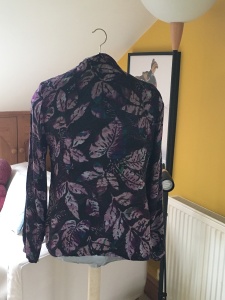
 The dress of the summer has been one I bought from
The dress of the summer has been one I bought from 


 Kate recently wrote a lovely post about
Kate recently wrote a lovely post about 

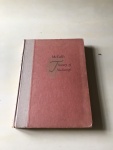

 Not all my books come from McCalls, I have a couple of Nancy Zieman “Busy Woman’s” books from the 1980’s. This one is about sewing and I have another about fitting.
Not all my books come from McCalls, I have a couple of Nancy Zieman “Busy Woman’s” books from the 1980’s. This one is about sewing and I have another about fitting.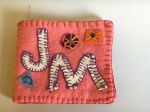 love modern sewing books too, however I get frustrated that so many are very basic with a greater focus on pictures than proper instructions. I suspect this is because sewing and knitting are no longer considered basic life skills that everyone should know something about. Hugo’s Father learnt how to knit at prep school when he was around 6 or 7, that would have been in the 1930’s. I was given weekly sewing classes in the 1970’s and still use the needlecase I made when I was 8 or 9. I also sewed with Mother and my Grandmother taught me how to knit. I learnt how to crochet on the school bus after we’d got bored of French knitting (does anyone do this now that thread is wound on plastic reels rather than wooden ones?).
love modern sewing books too, however I get frustrated that so many are very basic with a greater focus on pictures than proper instructions. I suspect this is because sewing and knitting are no longer considered basic life skills that everyone should know something about. Hugo’s Father learnt how to knit at prep school when he was around 6 or 7, that would have been in the 1930’s. I was given weekly sewing classes in the 1970’s and still use the needlecase I made when I was 8 or 9. I also sewed with Mother and my Grandmother taught me how to knit. I learnt how to crochet on the school bus after we’d got bored of French knitting (does anyone do this now that thread is wound on plastic reels rather than wooden ones?).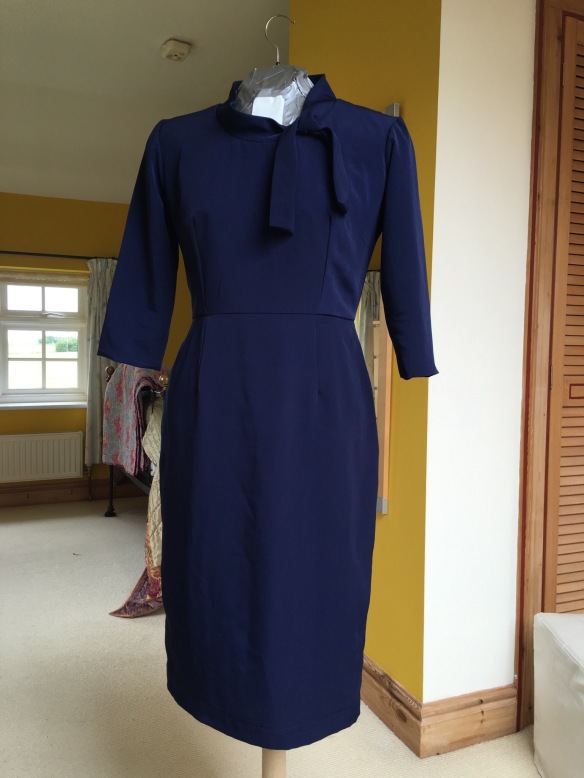

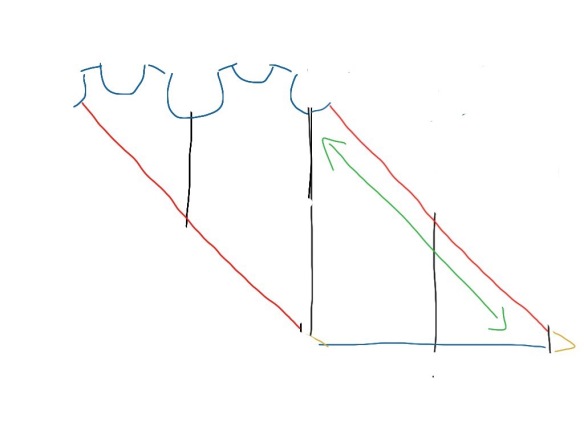
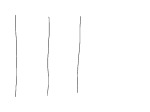


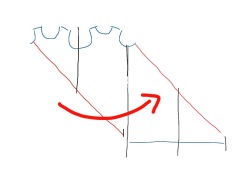
 eet exactly in the bottom right hand corner (which is
eet exactly in the bottom right hand corner (which is
 rtunately my lovely friend Alice’s birthday party gave me the motivation and impetus to get it finished.
rtunately my lovely friend Alice’s birthday party gave me the motivation and impetus to get it finished.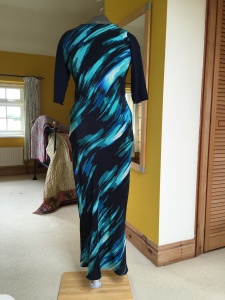 Eventually inspiration struck and two days before the party I took out my stretch sleeve block and cut a pair of sleeves from some viscose jersey. I then added a facing at the neckline and a couple of hours before the party a rolled hem.
Eventually inspiration struck and two days before the party I took out my stretch sleeve block and cut a pair of sleeves from some viscose jersey. I then added a facing at the neckline and a couple of hours before the party a rolled hem.